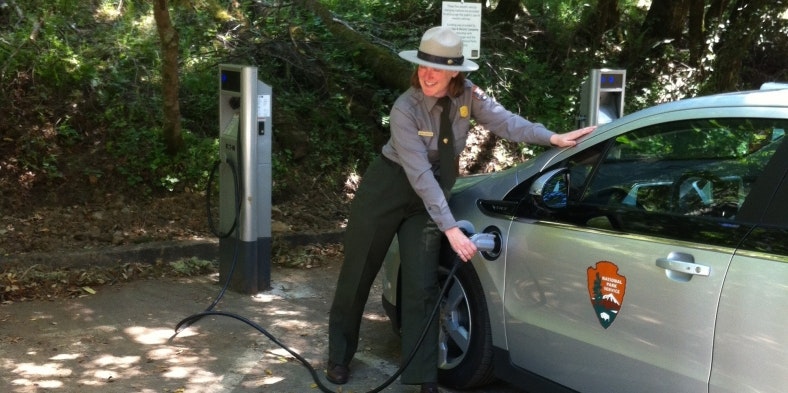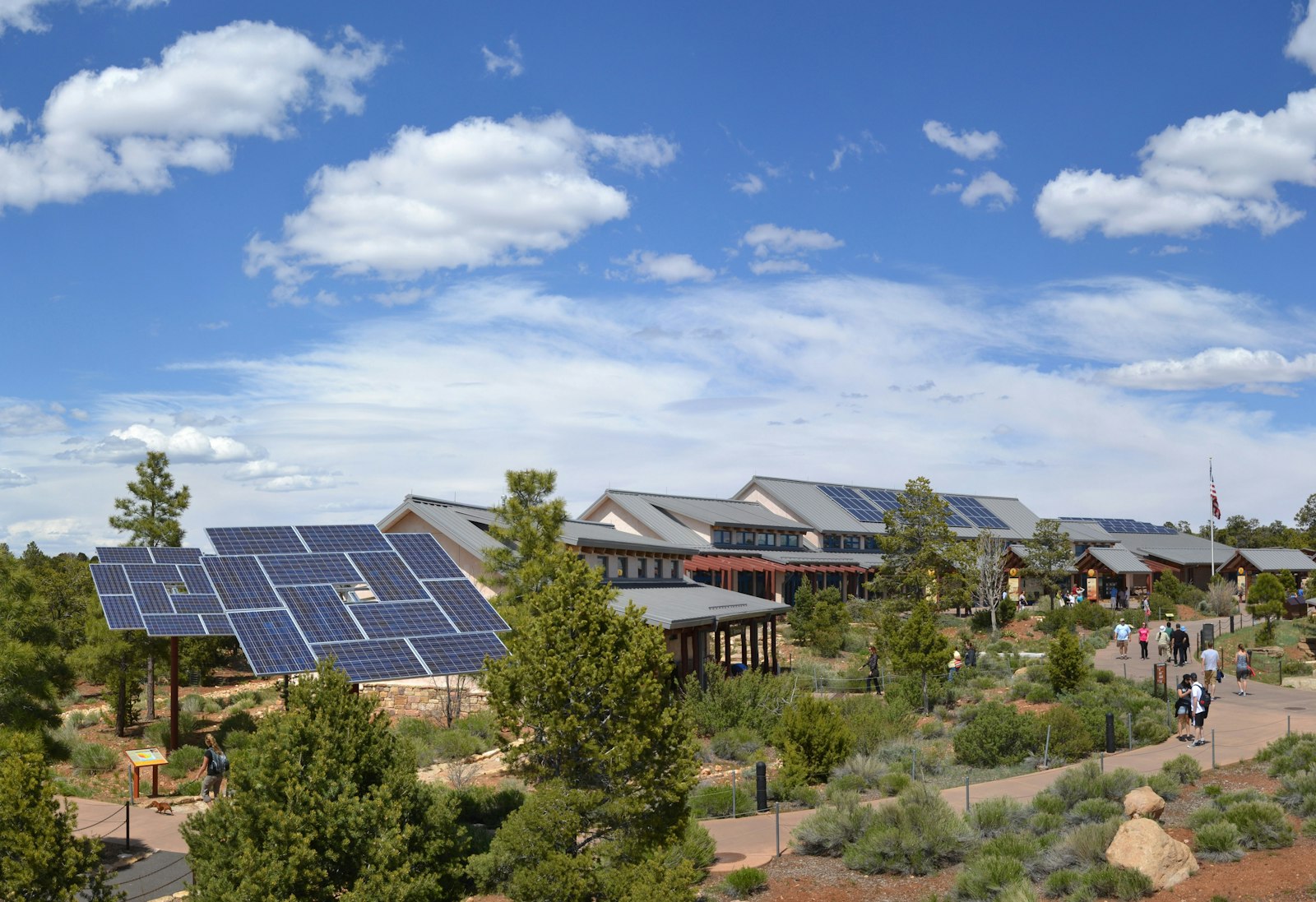
Program
Reducing Energy
.
.
Introduction
Cutting emissions, decreasing energy use, and improving the reliability of energy infrastructure.
The National Park Service (NPS) operates and maintains the largest number of constructed assets of any civilian agency in the federal government, totaling more than 26,000 buildings across 400 national parks. It is estimated that the resultant greenhouse gas (GHG) emissions are equivalent to that of 20,000 US homes. The energy required to heat, cool, and light visitor centers, historic and battlefield structures, campgrounds, and urban parks accounts for over 40% of the NPS greenhouse gas emissions. Most emissions – classified as Scope 1 and 2 emissions – are associated with on-site facility energy use and vehicle fuel use as well as grid energy use. Scope 1 refers to emissions from owned and controlled sources (fleet, equipment, and building fuel use, on-site wastewater treatment) while Scope 2 refers to emissions associated with the purchase of electricity.
Investments in renewable and alternative energy projects are critical to cutting emissions, decreasing energy use, and improving reliability and resiliency of energy infrastructure.
We do this by supporting projects such as:
- renewable energy investments
- energy efficiency retrofits
- fuel efficient, electric vehicles, and associated infrastructure
- employee and visitor education and interpretation
Program Highlights
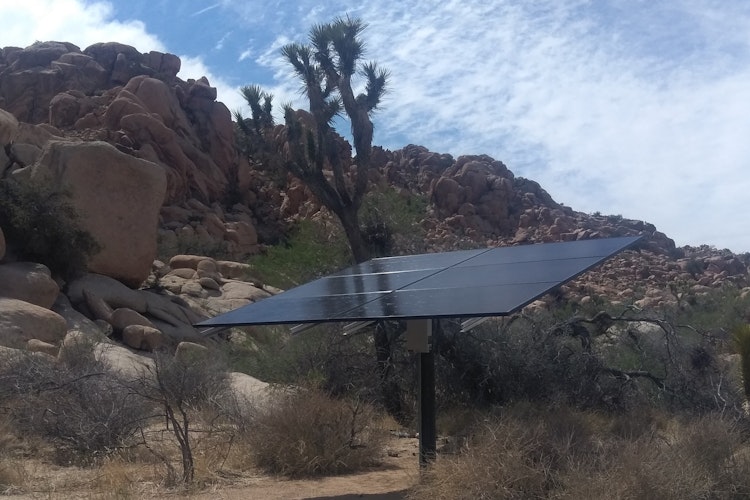
NPF supported the installation of solar panels on a ranger station at Joshua Tree National Park, allowing the station to be operable for the first time in over a decade. Now, a backcountry ranger can be stationed there to support search and rescue missions in a remote area of the park. The ranger station includes an adjoining bunkhouse, also newly powered by the sun, and will house AmeriCorps volunteers supporting park graffiti abatement this spring. The solar project supports NPS’ goal to reduce greenhouse gas emissions while also creating safe, livable facilities for park staff and volunteers.
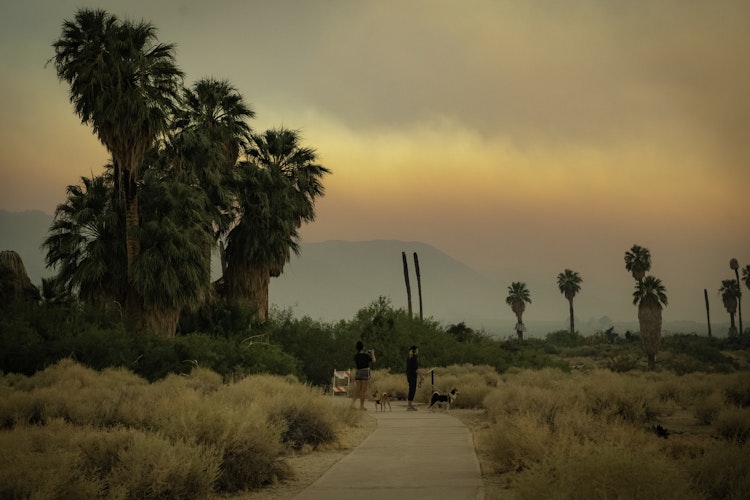
NPF funded the installation of a new electric vehicle charging station at the Black Rock Maintenance Shop at Joshua Tree National Park, as well as an electric vehicle for park staff engaging in interpretation and educational events. These additions will help the park reduce emissions and serve as an example of environmental stewardship to the youth who participate in education programs.
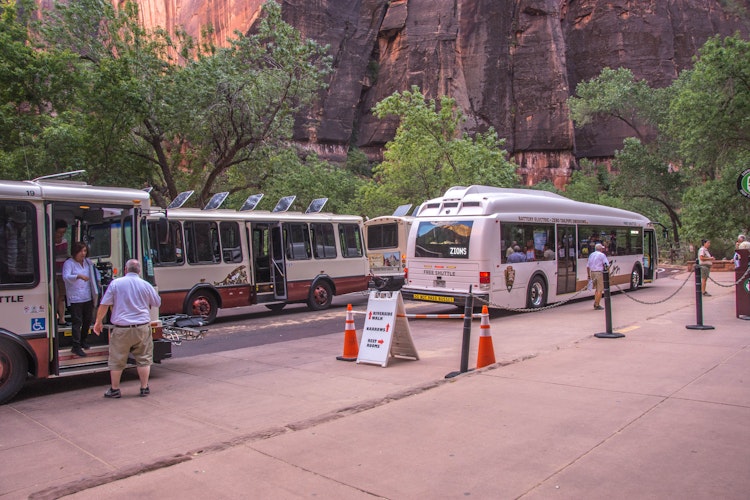
Funds from NPF are helping Zion National Park replace their 21-year-old propane-powered transit buses with a fleet of 26 zero-emission electric buses. Funds will also enable the park to install 27 charging stations to power the new vehicles and prepare for the charging demands on the electrical grid. Delivery of the new battery-electric buses will occur in phases over the next several years. NPF is doing its part to support the NPS in transition to clean fuel vehicles to reduce greenhouse gas emissions contributing to climate change.
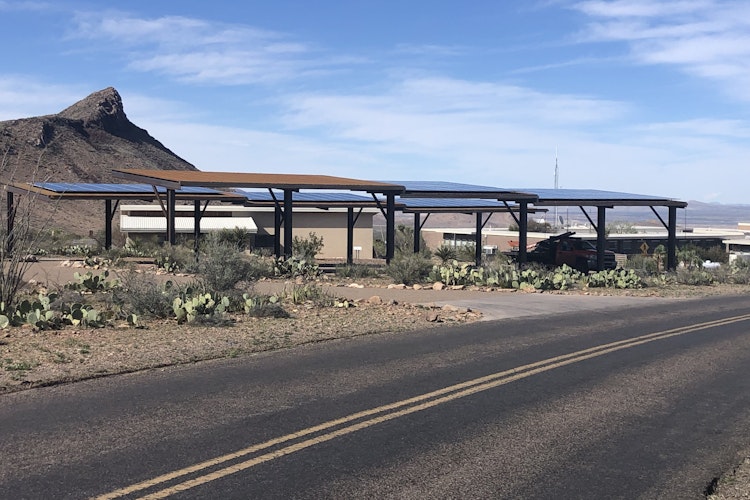
Through a grant from NPF and Big Bend Conservancy, Big Bend National Park installed solar panels atop shade structures in the main visitor center parking lot. The 42-kilowatt solar array supplies 100% of the energy needs for the Panther Junction Visitor Center and with a net-metering agreement with the local electric company, the panels will give the park cost savings for years to come.
Program Updates
-
UpdateHarnessing the Sun’s Energy at Virgin Islands National Park
-
UpdateSupporting Electric Buses at Zion National Park
-
UpdateSupporting Sustainability and Accessibility at Joshua Tree National Park
-
Press ReleaseNational Park Foundation Honors Corporate Partners that Preserve and Enrich National Parks for Future Generations
